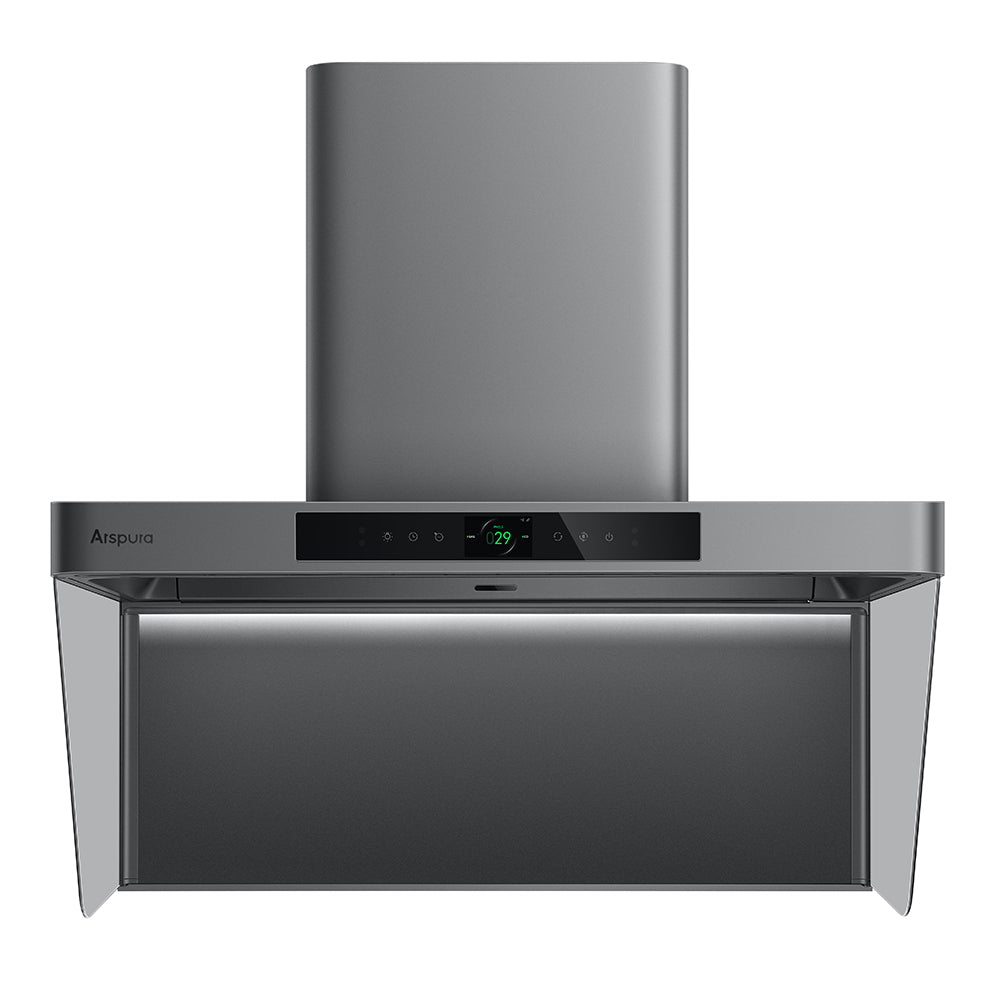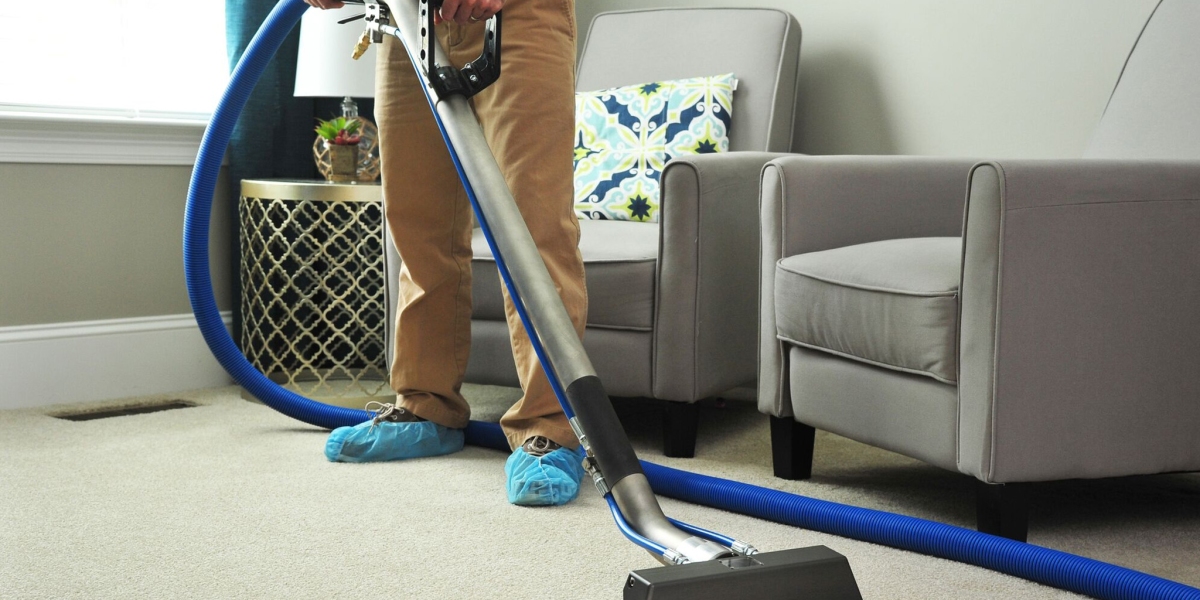Unlock the Secret to Choosing the Perfect Wall Mount Range Hood for Your Dream Kitchen!
When it comes to kitchen design, few elements are as pivotal as the wall mount range hood. Not only does it serve a functional purpose by ventilating smoke, steam, and odors, but it also acts as a stylish focal point that can elevate the overall aesthetics of your cooking space. Choosing the right wall mount range hood can enhance your cooking experiences, ensuring that your kitchen remains a pleasant environment while you whip up your favorite meals. In this article, we’ll explore various aspects of wall mount range hoods, from understanding their function and features to installation tips and making the best purchase decision for your unique kitchen needs.

Understanding Wall Mount Range Hoods
Wall mount range hoods are ventilation systems that are mounted on the wall above your cooking range or cooktop. Unlike under-cabinet hoods or island hoods, wall mount versions are designed to be a stand-alone feature, often showcasing an elegant design that can complement your kitchen decor. These hoods are particularly beneficial for kitchens that lack overhead cabinets. They provide efficient ventilation, effectively removing airborne grease, smoke, and odors, which is essential for maintaining a fresh cooking environment. Additionally, wall mount range hoods can enhance the kitchen’s design by adding height, creating an illusion of spaciousness, and serving as a statement piece that draws the eye.
Key Features to Consider
When selecting a wall mount range hood, there are several key features to keep in mind to ensure you make the right choice for your kitchen. First, consider the size of the hood. It should be at least as wide as your cooktop to effectively capture smoke and odors. Next, look at the airflow capacity, which is measured in cubic feet per minute (CFM). A higher CFM means better ventilation, especially important for those who frequently cook at high heat. Noise levels, measured in sones, are also crucial; a quieter model can make your cooking experience more enjoyable. Additionally, consider the style and design of the hood. Whether you prefer a modern, sleek look or a more traditional design, the right range hood should harmonize with your kitchen's overall aesthetic while also being functional.
Types of Wall Mount Range Hoods
Wall mount range hoods come in two primary types: ducted and ductless. Ducted hoods vent air outside, making them the most effective option for removing heat, smoke, and odors. However, installation can be more complex and may require additional ductwork. On the other hand, ductless hoods filter air and recirculate it back into the kitchen, which can be a more straightforward solution if venting to the outside isn't an option. While ductless models are easier to install, they often require regular maintenance and filter changes to maintain efficiency. Understanding these differences is crucial in determining which type best suits your kitchen layout and ventilation needs.
Installation Considerations
Installation of a wall mount range hood requires careful consideration of several factors. One important aspect is the height at which the hood is mounted above the cooktop. Ideally, this should be between 24 to 30 inches to ensure effective capture of smoke and steam while remaining accessible for cooking. Venting options also play a significant role; ensure that your kitchen can accommodate the necessary ductwork if opting for a ducted hood. If you’re handy, a DIY installation might be feasible, but for those less experienced, hiring a professional can ensure that everything is installed correctly and safely. Additionally, it’s wise to familiarize yourself with local building codes and regulations, as they may dictate specific requirements for kitchen ventilation systems.
Making the Purchase Decision
As you begin to evaluate your options for wall mount range hoods, it's important to compare the various features and consider your specific cooking habits and kitchen layout. Take the time to read reviews and gather feedback from other users to gauge performance and reliability. Understanding warranties offered by manufacturers can also provide peace of mind, ensuring you are covered in case of any issues. It can be helpful to visit showrooms or home improvement stores to see the hoods in person, allowing you to assess their size, design, and noise level firsthand. By doing thorough research and considering your needs, you can make a confident purchase decision that enhances both the functionality and beauty of your kitchen.
Final Thoughts on Selecting a Wall Mount Range Hood
Choosing the right wall mount range hood is a vital decision that can significantly impact both the functionality and visual appeal of your kitchen. By understanding the different types of hoods available, considering key features, and being mindful of installation requirements, you can select a model that perfectly aligns with your cooking style and kitchen design. Remember to take your time in evaluating your options and to be thorough in your research. A well-chosen range hood not only enhances your cooking experience but also adds a touch of elegance to your dream kitchen.








